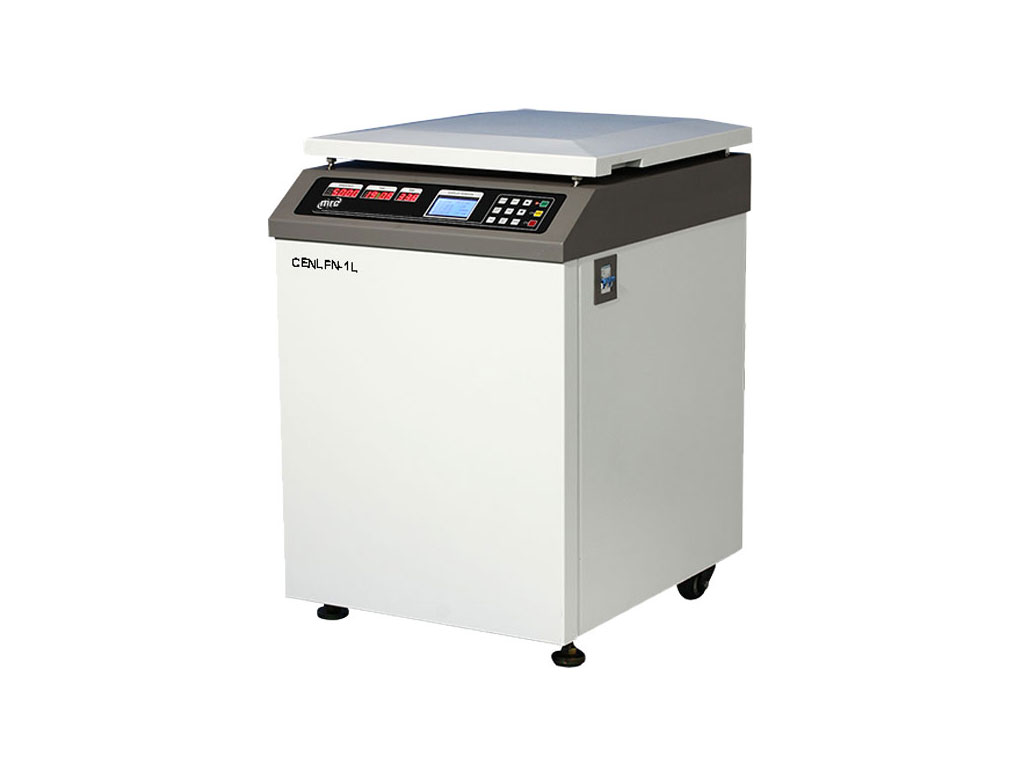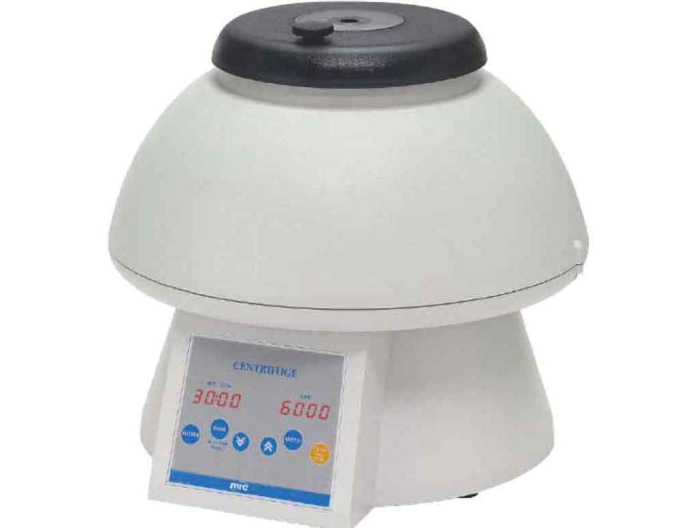Understanding the nuances between blood centrifuges and PRP/PRF/CGF centrifuges is crucial for medical professionals and patients alike. While blood centrifuges play a fundamental role in separating components of blood for various treatments, PRP/PRF/CGF centrifuges cater to more specialized procedures, particularly in regenerative medicine.
Blood Centrifuges: A Closer Look
Definition and Purpose
Blood centrifuges are devices designed to separate different components of blood, such as red blood cells, plasma, and platelets. This separation is vital for various medical procedures, including blood transfusions and diagnostic tests.
Types of Blood Centrifuges
There are different types of blood Centrifuges, including differential centrifuges, density gradient centrifuges, and high-speed centrifuges, each serving specific purposes in medical applications.
Operating Principles
Blood centrifuges operate on the principle of centrifugation, utilizing the varying densities of blood components to achieve separation. The centrifugal force generated during rotation facilitates this process.

PRP Centrifuges: Unraveling the Mystery
Introduction to PRP
Platelet-Rich Plasma (PRP) is a concentration of platelets derived from a patient's blood. PRP has gained popularity for its regenerative properties, making it a valuable resource in orthopedics, dermatology, and other medical specialties.
The Role of PRP in Medical Treatments
PRP is utilized in various medical treatments, such as accelerating wound healing, promoting tissue repair, and reducing inflammation. To harness the benefits of PRP, specialized centrifuges are employed to concentrate and extract the platelets effectively.
Importance of Specialized Centrifuges for PRP Preparation
Unlike traditional blood centrifuges, PRP centrifuges are specifically designed to handle the delicate process of concentrating platelets without compromising their integrity.

PRF and CGF Centrifuges: Beyond PRP
Explanation of PRF and CGF
Platelet-Rich Fibrin (PRF) and Concentrated Growth Factors (CGF) are advancements beyond PRP. PRF focuses on creating a fibrin scaffold, while CGF includes a broader spectrum of growth factors, promoting enhanced tissue regeneration.
Distinct Features Compared to PRP
PRF and CGF offer unique advantages, including longer-lasting effects and a more comprehensive range of growth factors. These centrifuges provide additional options for healthcare professionals in tailoring treatments to individual patient needs.
Applications in Various Medical Fields
PRF and CGF find applications in diverse medical fields, such as dentistry, plastic surgery, and sports medicine. The ability to customize treatments based on the patient's condition makes these centrifuges invaluable tools in regenerative medicine.
Key Differences: Blood Centrifuges vs. PRP/PRF/CGF Centrifuges
Centrifugation Process Variations
While both types of centrifuges employ centrifugation, the specific processes differ. Blood centrifuges focus on separating blood components, whereas PRP/PRF/CGF centrifuges aim to concentrate platelets and growth factors.
Components Separated by Each Type
Blood centrifuges separate red blood cells, plasma, and platelets, ensuring purity in each component. In contrast, PRP/PRF/CGF centrifuges selectively concentrate platelets and growth factors, discarding unnecessary components.
Medical Applications and Advantages
Blood centrifuges contribute to various medical procedures, including blood transfusions and diagnostics. PRP/PRF/CGF centrifuges are important in regenerative medicine, offering tailored solutions for tissue repair and regeneration.